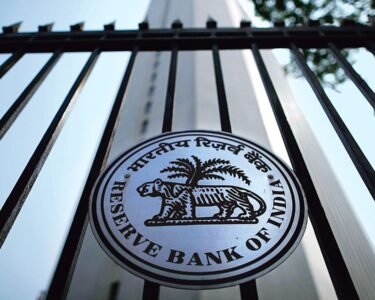Last Updated:
The Reserve Bank of India has invited public feedback on the draft rules by March 21, 2025, to eliminate foreclosure charges and prepayment penalties on floating rate loans.

Once finalised, the RBI’s revised norms will be applicable to eligible loans or advances foreclosed on or after the date specified in the final circular.
The Reserve Bank of India (RBI) has released draft guidelines proposing the elimination of foreclosure charges and prepayment penalties on floating rate loans. The central bank has invited public feedback on the draft rules by March 21, 2025. Once finalised, the revised norms will be applicable to eligible loans or advances foreclosed on or after the date specified in the final circular.
The draft guidelines extend to all Scheduled Commercial Banks (excluding Payments Banks), Local Area Banks, Co-operative Banks, Non-Banking Financial Companies (NBFCs), Housing Finance Companies (HFCs), and All India Financial Institutions (AIFIs).
What Is There In Draft Rules?
– No foreclosure or prepayment charges will be levied on floating rate loans availed by individuals, except for business loans.
– No charges on floating rate business loans extended to individuals and Micro and Small Enterprises (MSEs), with exceptions for Tier 1 and Tier 2 Urban Cooperative Banks (UCBs) and base layer NBFCs.
– The rules apply irrespective of the funding source and whether the foreclosure or prepayment is partial or full.
– In other scenarios, charges will be determined based on the Board-approved policy of the respective regulated entities (REs).
– REs must permit foreclosure or prepayment without imposing a minimum lock-in period.
– If the foreclosure or prepayment is initiated by the RE, no charges will be applicable.
– Any applicable fees must be disclosed in the Key Fact Statement provided to borrowers.
– The draft also explicitly prohibits retrospective charges on waived or undisclosed foreclosure or prepayment fees.
The proposed changes aim to provide greater flexibility and transparency for borrowers with floating rate loans, making it easier for them to pay off their loans without incurring excessive penalties. The RBI’s move is expected to enhance the ease of doing business for borrowers in this segment.
What Are Floating Rate Loans?
Floating rate loans are loans where the interest rate fluctuates based on a benchmark or reference rate, such as the RBI’s repo rate or the MCLR (Marginal Cost of Funds-based Lending Rate). Unlike fixed-rate loans, where the interest rate remains constant throughout the loan tenure, floating rate loans keep changing as per the RBI’s interest rate decisions during monetary policy reviews.
This means borrowers may benefit from lower interest rates when rates fall but could also face higher payments if rates rise. As of now, the RBI has started cutting interest rates as it cut the key repo rate by 25 basis points earlier this month.




